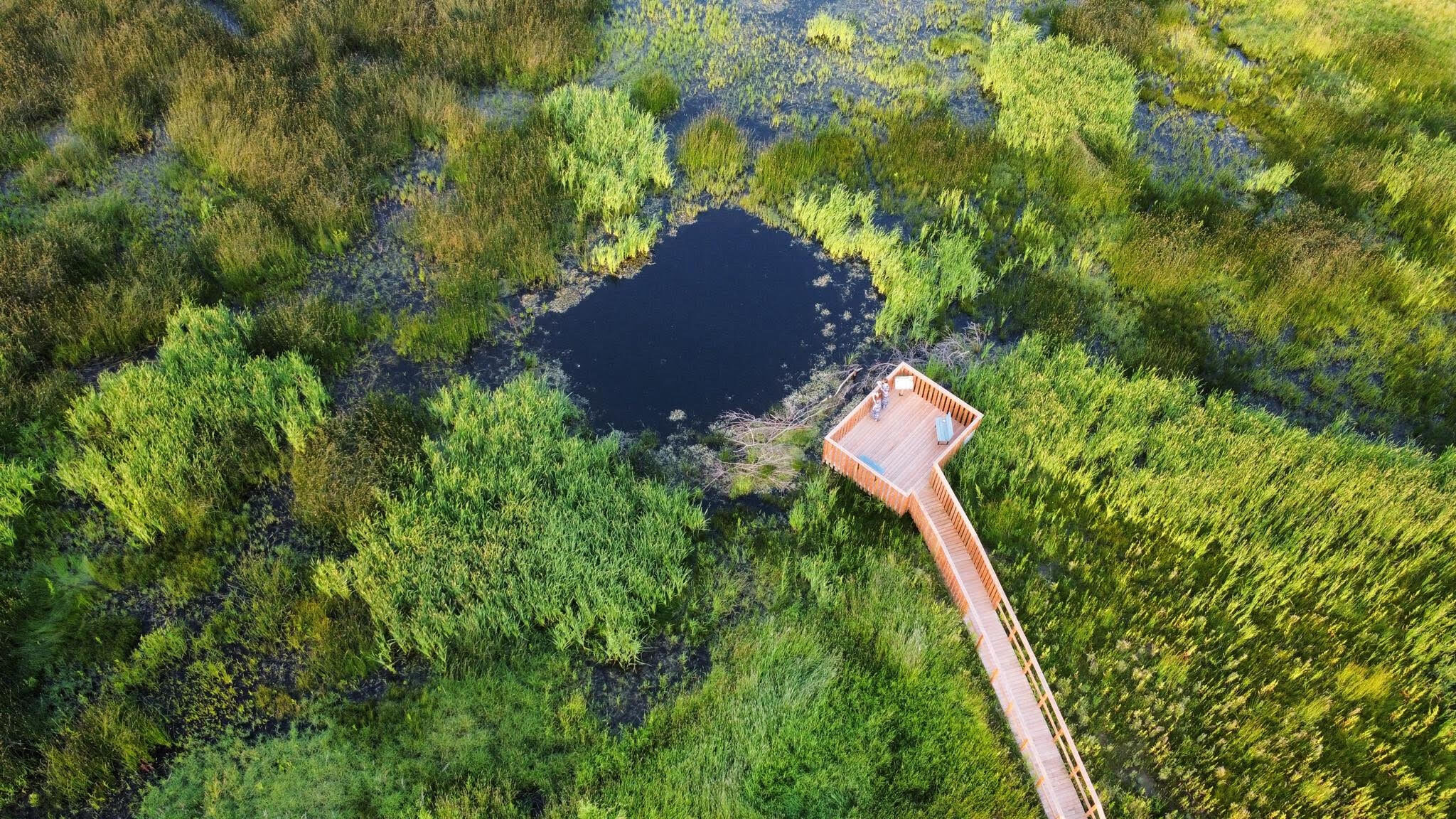Switchgrass and foxtail provided the perfect camouflage for a heron slowly wading through a prairie pond. Only the squawking of a Canada goose mother scolding her offspring shattered the bucolic stillness of the wetland. It was the summer of 2023, and throughout large areas of the Canadian prairie provinces and the Great Plains of the United States, increasingly dry conditions had made water a precious resource. But not here. The 260-acre Hannotte wetland in east-central Saskatchewan was an oasis in an otherwise arid desert of wheat fields.
It hadn’t always been this way. The land had been drained for agriculture over a century earlier, and it took 20 years of door-knocking for Kevin Rozdeba to convince farmers in the Yorkton region of Saskatchewan that removing land from crop production and turning it back into a wetland was in their best interests. As a program specialist for Ducks Unlimited Canada (DUCS), a nonprofit organization whose mission is to conserve and manage wetlands, Rozdeba knew a wetland’s unique hydrology could contribute to water availability essential for crop production in times of drought. Getting farmers on board, though, was a tall order.


